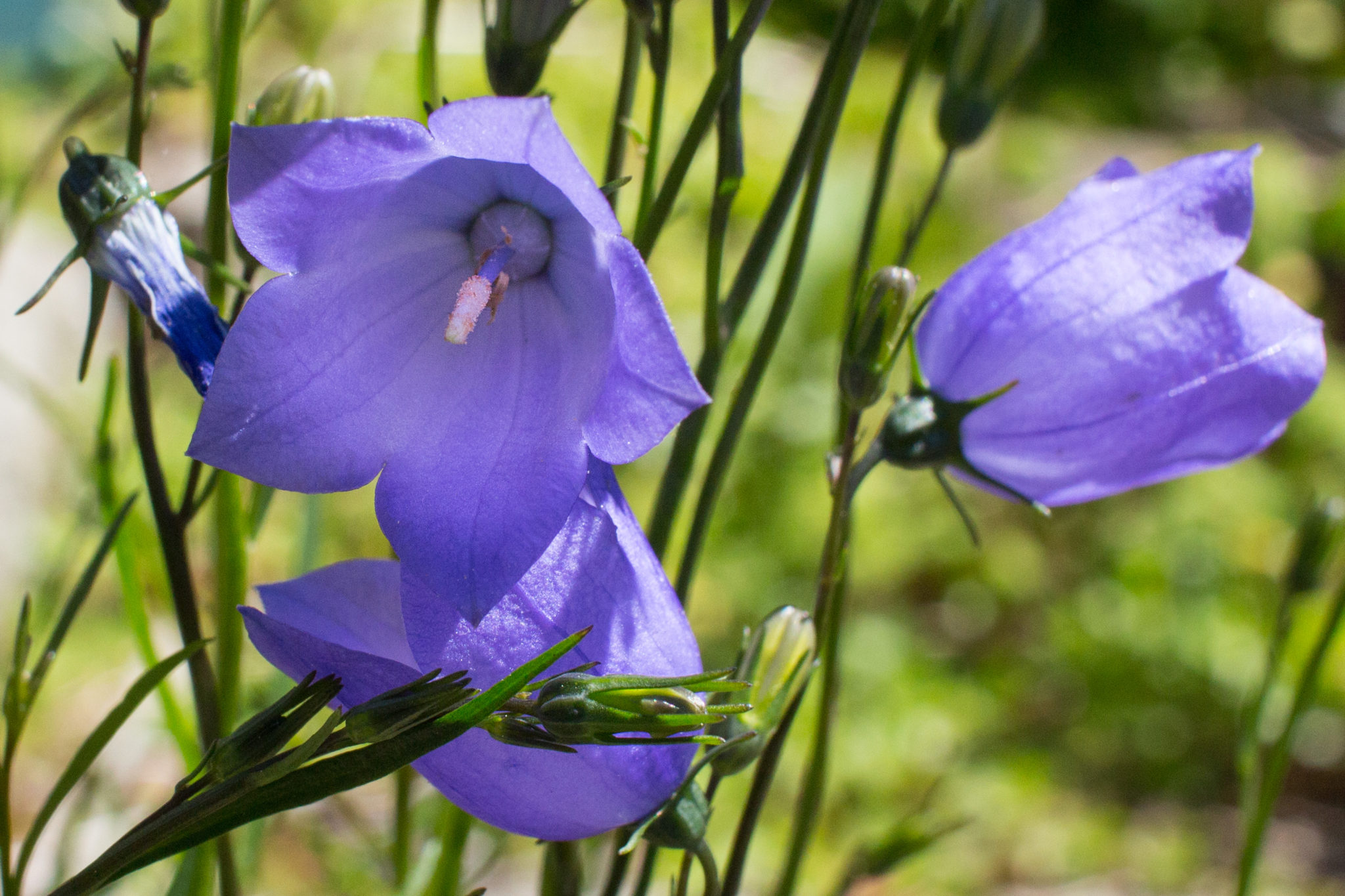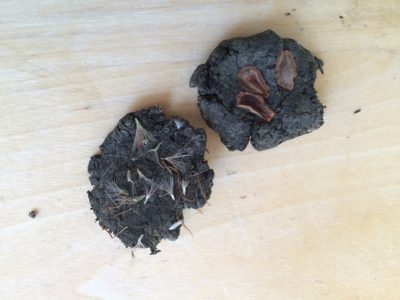How to plant native seed bombs
Late fall is the season to scatter native seed bombs and bury bulbs.

November is the month to finish tidying up and tilling the garden, getting it ready for its wintertime blanket of snow and then, months from now, the busy spring planting season.
Or is it?
Some don’t agree that late autumn is a quiet time of year in the garden and beyond. They understand the beginning of the deep cold is actually a very important time to plant bulbs, garlic, fruit trees and shrubs — and even to make so-called “seed bombs” out of native seeds and scatter them in
“Fall and winter is really the time to think about sowing native seeds. Not May,” Heather McCargo, executive director of the Wild Seed Project, said this week. “It’s almost like you have to take everything you ever learned about horticulture and throw it out. It turns out these seeds love being sown outdoors in the fall and winter. They can endure winter and ice storms. They can freeze and melt. They actually love all that.”
McCargo, whose nonprofit organization works to return native plants to the Maine landscape, said that a lot of the seeds Mainers plant in gardens are from other parts of the world or have been domesticated and cannot withstand the long, cold winters. That’s why we have been accustomed to think of spring as the right time to plant. But it turns out that seeds from native species, such as New England aster, common milkweed, blue vervain,
“Our native seeds actually like the freeze and thaw of the wintertime,” she said. “Some species have to have that freeze and thaw for germination to even happen.”
But simply scattering native seeds around in the fall and winter often doesn’t lead to germination success. Instead, McCargo has been making what she calls “seed bombs”: clay and organic matter mixed with water into a kind of dough that is wrapped around seeds, hopefully providing a bit more protection from drying out.

She tosses these into abandoned lots, deforested land, roadsides and other places that could use some help restoring native vegetation. Native plants are retreating, she said, with formerly common species getting pushed out by invasives or development. But if more people sow native seeds and grow native plants, it will help. Native Maine seeds can be purchased on the Wild Seed Project’s website.
“It’s a little subversive,” McCargo said. “I would say officially do it in your yard. But where I really recommend people to do it are urban and suburban areas, along railroad tracks, in all these places that we’ve messed up. We want to emphasize getting people to do this not in natural, healthy areas but in disturbed areas where people have made a mess.”
Along with making and dispersing native seed bombs, fall is still the right time of year to get your hands dirty in the garden. Hammon Buck of Plants Unlimited in Rockport, Maine, said that as long as gardeners can still dig a hole in the ground, it’s not too cold to plant most trees, shrubs
“As long as roots are covered for the winter, you’re fine,” he said. “Fall is a great time to plant because it’s cooler, and we generally get an adequate amount of moisture, so that’s good.”

[…] When landscaping for birds, the types of plants you select will depend largely on your region and what native plants thrive there. […]
[…] When landscaping for birds, the types of plants you select will depend largely on your region and what native plants thrive there. That being said, the following are a few especially bird-friendly plants you may want to consider […]